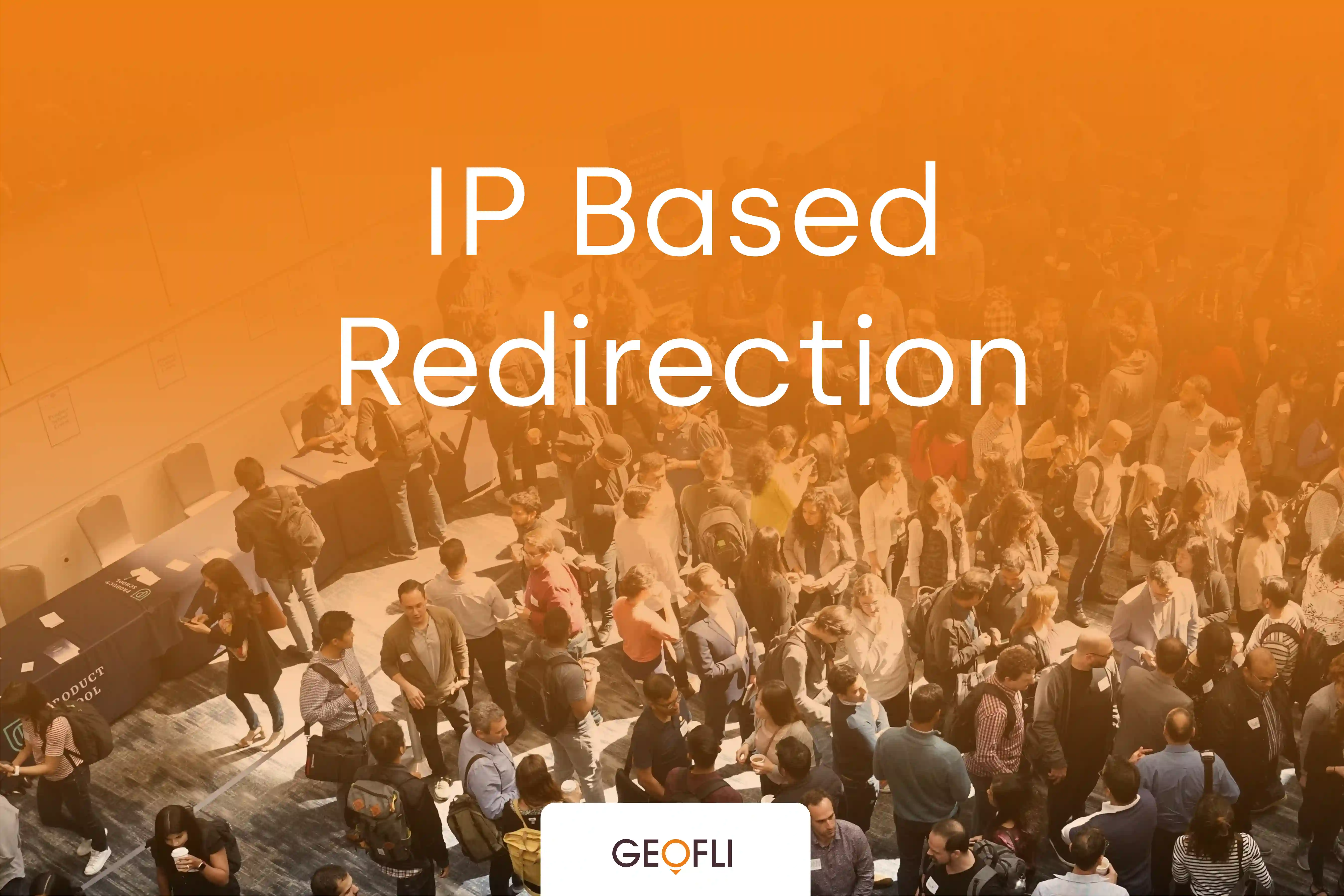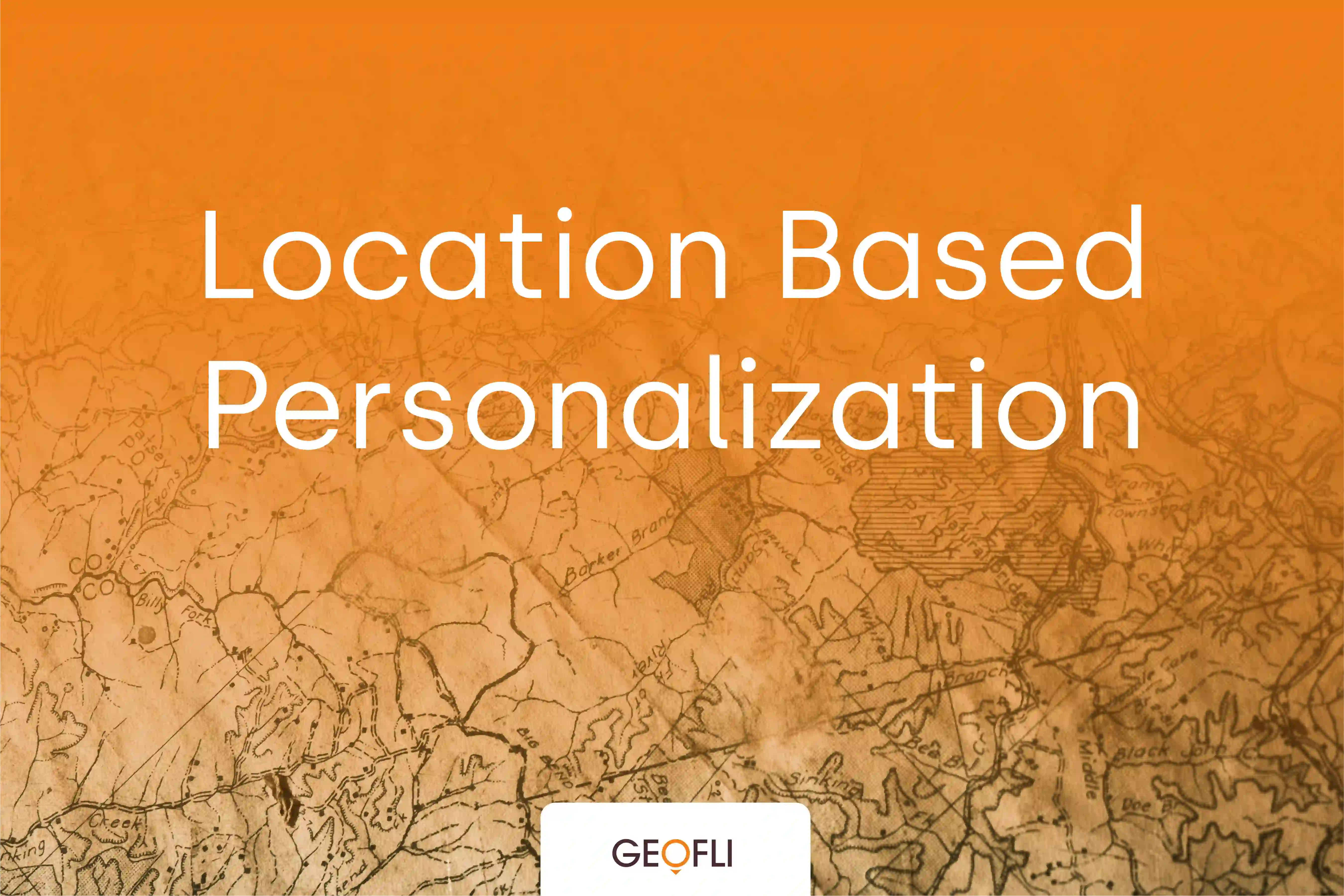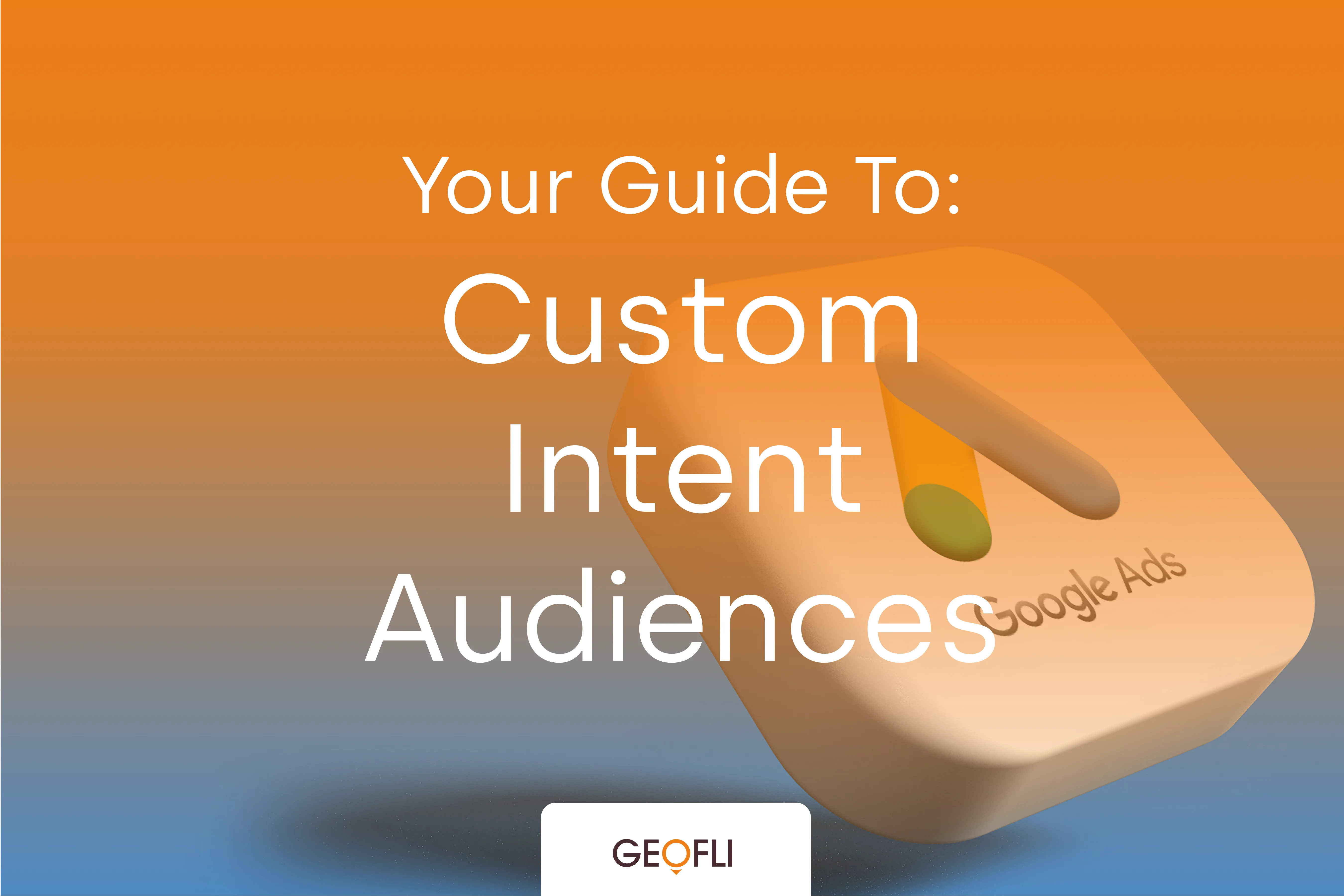What Is Location Based Personalization?
Location based personalization is a marketing and web experience strategy that tailors digital interactions based on a user's geographical location. It involves the customization of content, products, services, and offers using location data like IP addresses, GPS signals, or device-level settings. With the rise of personalized website examples in retail, media, and service industries, this technique has proven to be a cornerstone for delivering more relevant, targeted content. Businesses today increasingly rely on location based content to serve users in real-time with information that is geographically relevant to their audience, enhancing engagement and conversion rates.
How Does Location-Based Personalization Help?
We have many articles detailing the various aspects related to website personalizations based on various location-based metrics. One of the best here to share would be our article on geo advertising.
Location-Specific Content
Delivering location-specific messages helps websites resonate with their users. Some examples of location-specific content include changing homepage banners for users in New York during winter promotions versus summer offers for users in Sydney. This approach turns generic website copy into precision-driven engagements that improve results across every touchpoint.
Better Targeting
Providing location-based content allows a website to gain a competitive edge by understanding where their traffic comes from enough to create content specifically for certain segments of its audience. When businesses leverage these techniques, it is easy to target a specific geographic locations. For example, you can focus on segmented messaging, offers, and calls to action. This targeted experience is far more effective than broad campaigns, as shown in various case studies where geo-targeted ads outperform national ones.
Trust & Credibility
Leveraging personalized content will instill trust by demonstrating a business’s awareness of a user's location. An example of customizing content based on location might include showing the nearest store location automatically or using local currencies and languages. Both are excellent ways to not only improve the user’s experience, but also can even increase credibility and reduce friction in the customer journey.
Higher Conversions
Users who see content as more relevant will be more likely to convert. By leveraging location-based metrics and data, you will be able to customize website copy, offers, and other promotions to make the customer feel like your product/solution is more relevant to their need. Many studies have revealed that click-through rates and conversions skyrocket when location-based information is leveraged in this way.
User Experience
As briefly touched on earlier in the list, you can greatly reduce friction in the user journey. You can handle certain aspects of their self identification. You can even automatically enable certain discounts based on location. Not to mention, you can even recommend events, products, or locations that are local to them. You can even show adjusted delivery options based on their location as well. These aren’t even all of the ways you can make the customer’s life and journey easier by levearaging their location. But these small improvements to their transaction will help you stand out in unspoken ways over your competition.
Challenges & Best Practices
Despite its power, website personalization comes with challenges. Regulatory considerations, like data privacy laws, must be addressed. There's also the risk of appearing invasive if not personalized in a sublte way. The most successful campaigns adhere to opt-in strategies, transparency, and user control over their data. Furthermore, combining location data with other user behaviors enhances relevance and reduces redundancy and improves accuracty and effectiveness of the campaign.
Real World Examples of Location Based Personalizations In Websites
H1 personalizations, hero content, navigation options, location-based conference advertisements, localized resource downloads and more are all examples of localized personalizations that you can feature on your own website. To learn more about personalization examples you can leverage, we have many articles detailing the hows and whys of this topic!
Future of Location Based Personalization
The future of location based personalization is AI-driven, real-time, and omnichannel. With machine learning, website personalization has become more sophisticated, using patterns in behavior to predict needs before users even express them. Voice search, AR, and IoT are converging with location-based engagement to offer even more deeply integrated personalization experiences.
In a digital economy that rewards relevance and responsiveness, website personalization is not just a strategy but a necessity. Businesses that embrace this will not only see higher engagement but also build lasting relationships through truly meaningful user experiences.
How GeoFli Makes Personalizing Your Website Even Easier
GeoFli’s geo targeting software takes the complicated concept of website personalization and brings it to you in a simple, user-friendly package. Using our custom software and interface, you will be able to implement your own personalized website content easily, and effectively. To learn more about how you can introduce these types of personalizations to your own website, fill out the form below!






